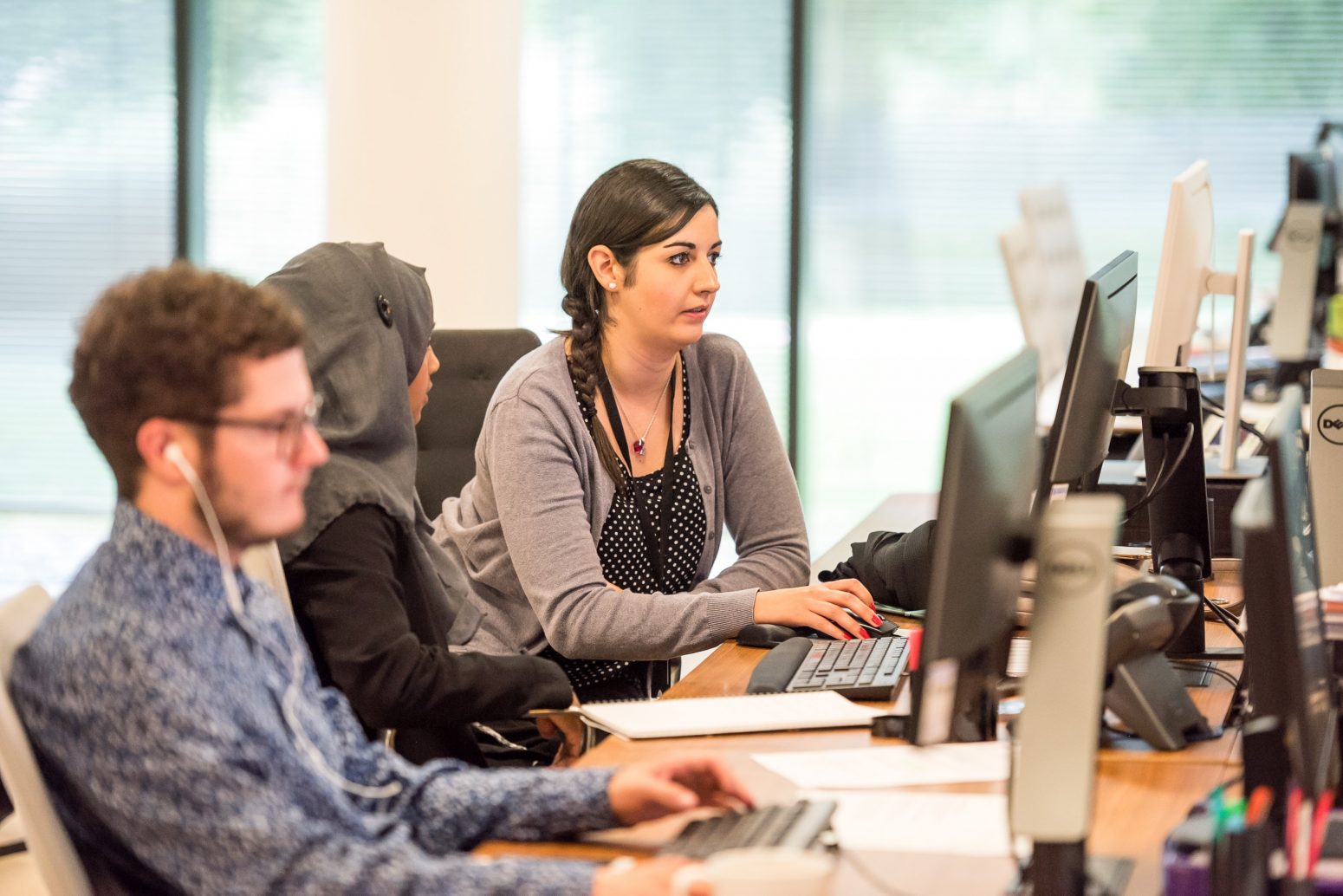Placements post Covid-19 – time for re-evaluation?
The impact of Covid-19 on placements.
Placements are down 40% on last year due to the impact of Covid-19 (Sturley, 2020), but are a key component of higher education employability strategies. Placement alternatives such as virtual projects and educator partnerships have been suggested (Isherwood, 2020), but should there be a re-evaluation of placement provision beyond Covid-19?
The rationale for placement provision within Higher Education.
Placement opportunities for students, range from short placements to year-long placements in industry. But what is the rationale for offering placements? Placement experience is linked to employment but what about the life long and life wide learning gained from placement experiences? Is the employability learning made explicit for students so that they can be facilitated to take every opportunity to gain a breadth and depth of employability experience? Structured reflection on employability learning during placements would encourage individual ownership of employability, facilitating personal and professional development, enabling students to begin to map a considered career path.
The measure of placement success employability or employment?
At a recent event, I asked a presenter whether the length of placement mattered or not for learning gains for students. The response stated that year-long placements were the best option as students invariably gained employment with that organisation. But is this selling students short – by putting all of their eggs in one basket with one long placement, with employment with the host organisation as the measure of success? Surely it is not the quantity of the placement, but the quality of the learning experience, with students being able to use the learning gained, to encourage an ethos of life long employability, not just a job at the end of the placement with the host organisation.
Portfolio placements for portfolio careers?
With a volatile work place, exacerbated by Covid-19, the concept of portfolio careers comes into sharper focus and leaves me considering if the model of portfolio careers be applied to placements? Such a model of shorter placements over a wider range of placements, could be delivered throughout student’s learning rather than in one long block. This would give students a wider range of employability experiences to draw upon when they come to apply for employment. It would also provide an opportunity to nurture an explicit link between their studies and employability, fostering the ethos of employability from day one of their studies. The pattern of placements for health professions students, tend to be shorter over a wide range of areas, more like a portfolio model, to give students a breadth of experience that they can reflect upon and then draw upon, when deciding on their career paths upon graduation.
An alternative model of placement delivery
The suspension of placements due to Covid-19 risked health professions students not being able to complete their required number of placement hours, and delaying progression on their course. An alternative placement option needed to be sought but still achieving the mandatory placement learning outcomes required from the professional and statutory bodies. A Peer Enhanced e-Placement (PEEP) was organised to mirror as much as possible a usual “face to face” placement, but delivered via the virtual learning environment Blackboard (Taylor, 2020). The PEEP was evaluated and unearthed some valuable learning around key employability attributes that have been highlighted as a priority by employers eg teamwork, interpersonal skills, listening, problem solving and taking responsibility (Hooley, 2020). Some reported learning was arguably better than on a “face to face” placement, through the structured peer learning process.
Pedagogical underpinning of the PEEP.
The pedagogical underpinning of the PEEP can be explained by the 5 stages of learning model (Salmon, 2011). This online learning and teaching model, particularly focusses on the peer group learning, which was a key component of the PEEP. Blended learning will be the norm post Covid-19, and online leaning needs to be part of the solution for employability. PEEP offers an evidence based online learning model for placement delivery.
Placements post Covid-19 – time to re-evaluate?
Covid-19 has enforced a re-evaluation of placement provision within higher education. The provision of shorter placements over a wider range of organisations in a portfolio style of delivery, provides students with a breadth of learning opportunities to draw upon to develop their employability and career planning. Covid-19 demanded a more flexible and adaptive approach to placement organisation and implementation which can be fulfilled by placement models such as a PEEP. The PEEP model can be applied to multiple disciplines, for example, using projects set by organisations that groups of students could work together on virtually, with collaboration between education and employing organisations (Isherwood, 2020) for implementation. The online PEEP offers a responsive and robust approach to placements, constructed to maximise employability gains, despite the challenges of external factors such as Covid-19.
Author
Dr Lisa Taylor is Associate Professor in Occupational Therapy and Associate Dean for Employability for the Faculty of Medicine and Health, and is passionate about employability. Lisa has developed innovative and widely adopted employability initiatives. Lisa has presented her employability work at several conferences and has published a book “How to Develop your Healthcare Career”. Lisa led the organisation, implementation and evaluation of the Peer Enhanced e-Placement (PEEP).
This blog is kindly repurposed from AdvanceHE and you can find the original here: Placements post Covid-19 – time for re-evaluation?
